Innovative Product Development
Innovation plays a crucial role in the organic industrial-sugar market, as manufacturers are increasingly developing new products to meet evolving consumer preferences. This includes the introduction of organic sugar alternatives, such as coconut sugar and date sugar, which cater to niche markets. Recent market analysis suggests that the introduction of these innovative products has contributed to a 10% increase in overall sales within the organic sector. As companies invest in research and development, the organic industrial-sugar market is likely to see a diversification of offerings, appealing to a broader audience. This trend indicates that the market is not only responding to current demands but is also proactively shaping future consumer choices.
Health Conscious Consumer Behavior
The organic industrial-sugar market is experiencing a notable shift driven by the increasing health consciousness among consumers. As individuals become more aware of the adverse effects of refined sugars, there is a growing preference for organic alternatives. This trend is reflected in market data, indicating that organic sugar sales have surged by approximately 20% over the past year. Consumers are actively seeking products that align with their health goals, which has led to a rise in demand for organic industrial-sugar. This shift is not merely a passing trend; it appears to be a fundamental change in purchasing behavior, suggesting that the organic industrial-sugar market will continue to expand as more consumers prioritize health and wellness in their dietary choices.
E-commerce Growth and Accessibility
The organic industrial-sugar market is experiencing a transformation due to the rapid growth of e-commerce platforms. As online shopping becomes more prevalent, consumers have greater access to a variety of organic products, including industrial sugar. This shift has been accelerated by the convenience and variety offered by online retailers, which cater to the increasing demand for organic options. Recent statistics indicate that online sales of organic products have increased by over 30% in the past year. This trend suggests that the organic industrial-sugar market is likely to benefit from enhanced visibility and accessibility, allowing consumers to make informed choices and potentially driving further growth in the sector.
Regulatory Support for Organic Farming
The organic industrial-sugar market benefits significantly from regulatory support aimed at promoting organic farming practices. In the US, government initiatives have been established to encourage the growth of organic agriculture, including financial incentives and grants for farmers transitioning to organic methods. This regulatory framework not only supports farmers but also enhances consumer confidence in organic products. Recent data indicates that organic farming acreage has increased by over 15% in the last five years, which is likely to bolster the supply of organic industrial-sugar. As regulations continue to favor organic production, the market is expected to thrive, providing consumers with more options and potentially lowering prices due to increased competition.
Environmental Awareness and Sustainability
The organic industrial-sugar market is significantly influenced by heightened environmental awareness among consumers. As sustainability becomes a priority, individuals are increasingly opting for products that are produced with minimal environmental impact. This shift is evident in the rising demand for organic sugar, which is often associated with sustainable farming practices. Market data reveals that sales of organic products have grown by approximately 25% in the last two years, reflecting a broader commitment to environmental stewardship. This trend suggests that the organic industrial-sugar market will continue to expand as consumers seek to align their purchasing decisions with their values regarding sustainability and environmental responsibility.


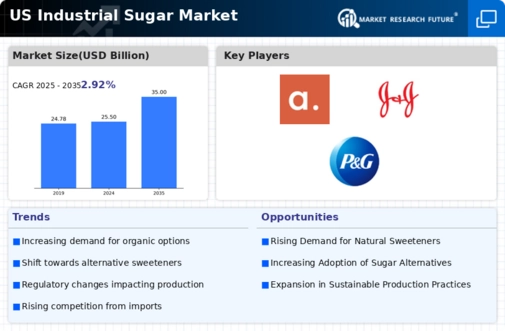
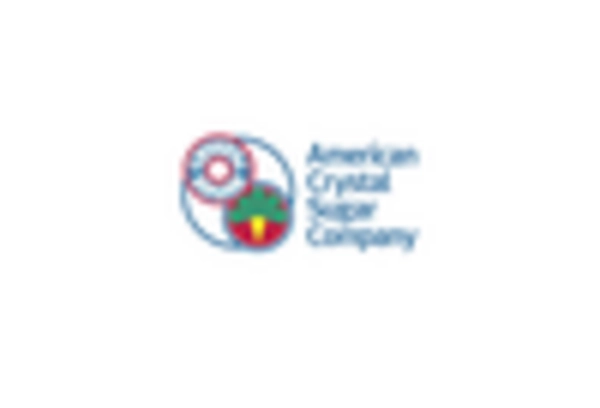
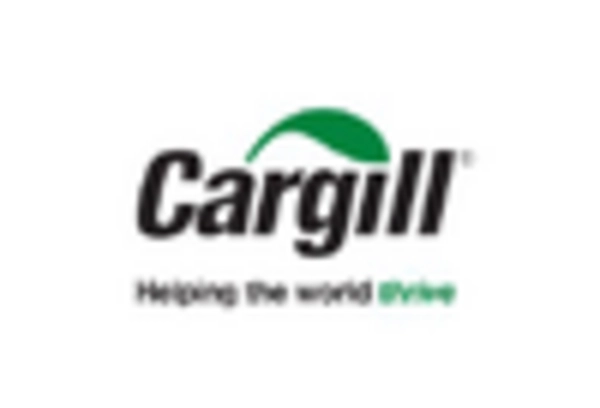
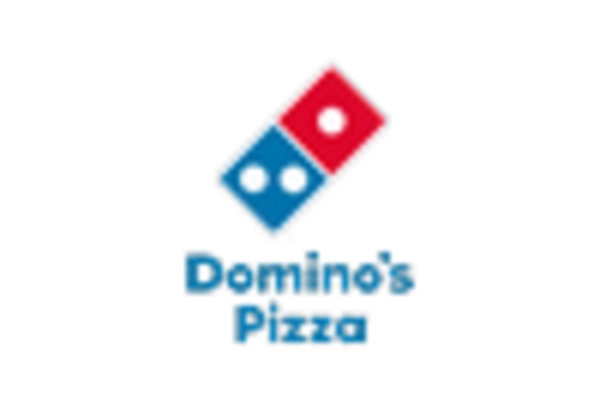
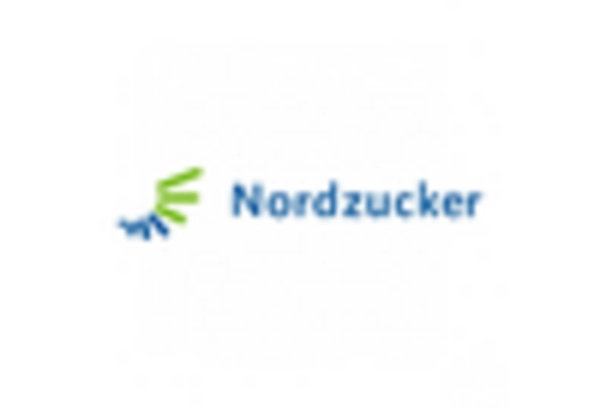
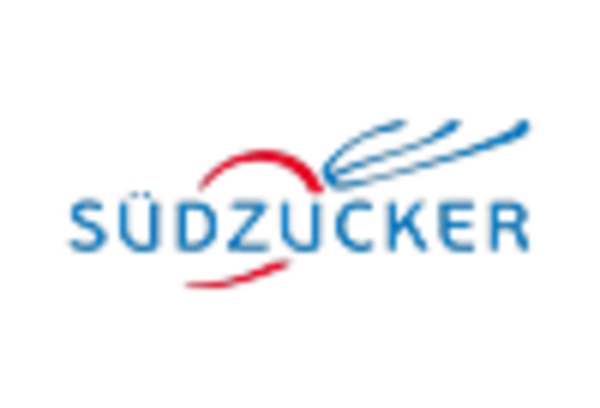
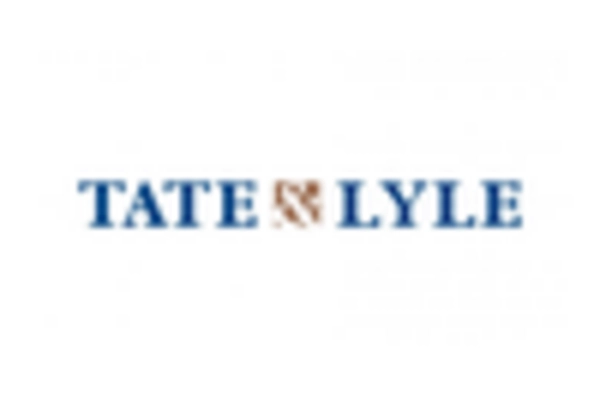








Leave a Comment